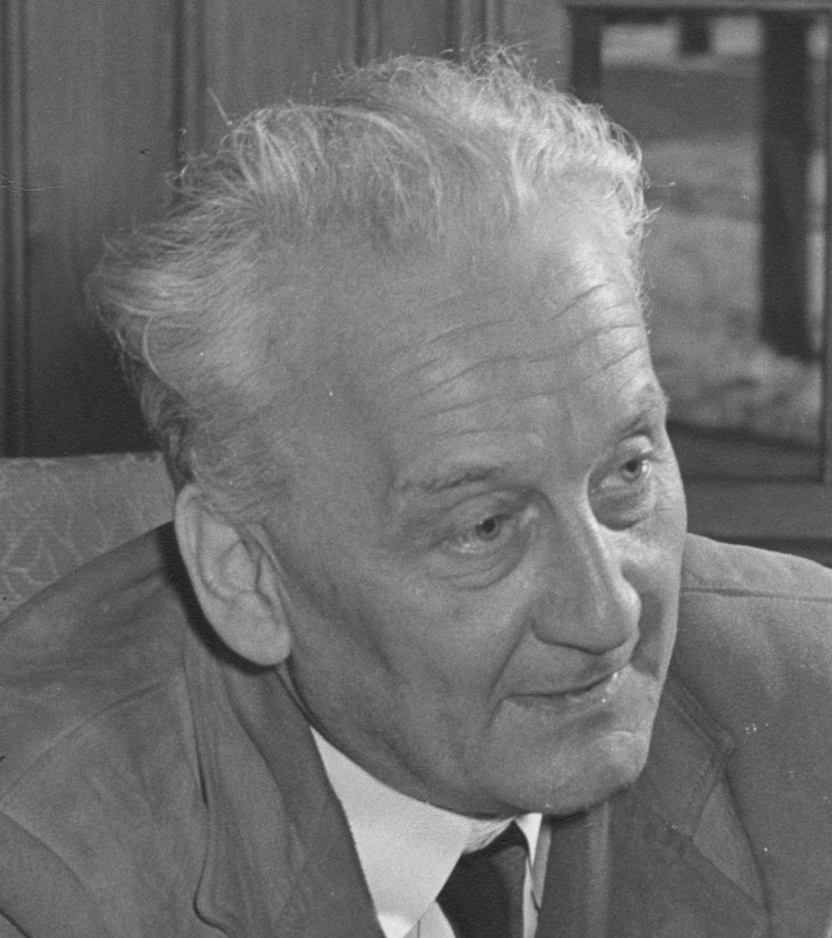
Albert Szent-Györgyi was born in Budapest, Hungary on September 16, 1893 into a family of strong scientific background. In 1911, he enrolled at the Medical School in Semmelweis University, but his studies were interrupted in 1914 at the outbreak of World War I when he was called into service as an army medic. Repelled by the ravages of the War, Albert shot himself in the arm and, claiming it was a wound from enemy fire, received medical leave.
On returning to civilian life, Albert resumed his medical studies and graduated in 1917 with a medical degree from the University of Budapest. After graduation, he became interested in physiology and biochemistry, continuing his research at various institutions across Europe, including in Prague, Berlin, and then at the University of Groningen in Leiden, Netherlands. It was at this university that Szent-Györgyi’s research on the chemistry of cellular respiration, won him a Rockefeller Foundation fellowship at the University of Cambridge. Between 1927 and 1929 at Cambridge, Albert isolated from plant juices, paprika and adrenal gland tissue an organic reducing agent that he called “hexuronic acid,” now known as ascorbic acid. He would discover in 1932 that the ascorbic acid he discovered is the same as the vitamin C discovered in 1907 by Axel Holst and Alfred Fröhlich and later proved to prevent scurvy.
In 1937, Albert Szent-Györgyi was awarded the Nobel Prize in Physiology or Medicine “for his discoveries in connection with the biological combustion process with special reference to vitamin C and the catalysis of fumaric acid.” The following year, while exploring the biophysics of muscle movement, he discovered, “actin”, a protein in the muscle that causes muscle fibres to contract when combined with the protein myosin and energized by the compound adenosine triphosphate (ATP). Then, in 1941, Szent-Györgyi began to apply quantum mechanics to biochemistry in his study of cancer. However, World War II was raging throughout Europe, and Albert had become involved in the Hungarian resistance movement against the Third Reich. When Hitler issued a warrant for his arrest, Albert Szent-Györgyi had to flee Hungary for Istanbul.
In 1947, World War II was over and Hungary was under the oppressive control of the Soviet Union, prompting Albert Szent-Györgyi to migrate to the United States where he was appointed Director of the Institute for Muscle Research at the Marine Biological Laboratory, Woods Hole, Massachusetts. There, he continued his investigation, begun in 1941 into the processes of cell division and the triggers for cancerous growth.
In the years that followed, Szent-Györgyi became an outspoken advocate for scientific freedom and became deeply involved in issues related to the social responsibilities of scientists. In an article in 1972 titled, “Dionysians and Apollonians”. [Science. 176 (4038): 966] asserting the importance of scientific investigation and divergent thinking, he defined two types of scientists: Dionysians and Apollonians. The former, he described as the scientific renegades who are guided by intuition and explore the frontiers of knowledge. The latter are described as the scientists who hone and perfect established paradigms. In that article he warns that the funding of science tends to support the Apollonians rather than the Dionysians, thereby limiting breakthroughs in scientific thought.
Albert Szent-Györgyi passed away on October 22, 1986, leaving behind a legacy as one of the most influential biochemists of the 20th century. His work continues to impact the fields of nutrition, medicine, and biochemistry. His discovery of ascorbic acid was pivotal in understanding the role of vitamin C in preventing scurvy. He also made important contributions to the biochemical processes related to cellular respiration, including the mechanisms of the citric acid cycle (Krebs cycle) whereby cells produce energy.
